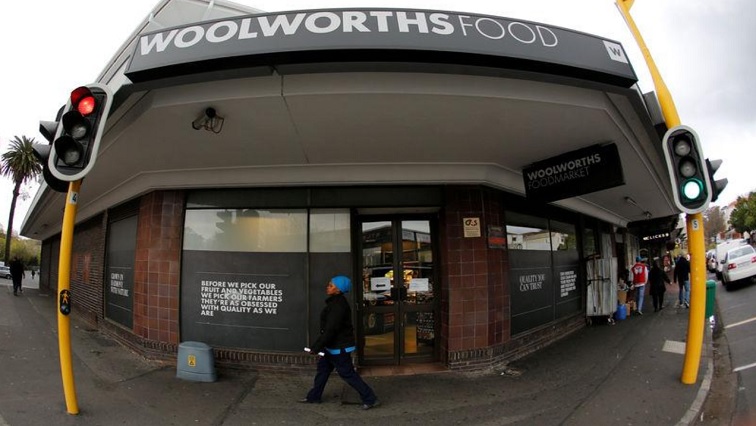South African retailer Woolworths Holdings Ltd reported a 2.7% rise in sales for the 20 weeks ended November 12, helped by its local food and Australian businesses.
Food sales climbed 7.2% from a year earlier, with volume driven by low inflation and aggressive promotion. Comparable store sales increased by 5%.
Sales at the local fashion, beauty and home business, which has been under pressure recently from constrained economic conditions, declined by 3.3%.
Compounding problems for the department store chain operator, its offerings and positioning in womenswear, particularly in the relaunched sub-brand, EDITION, did not resonate with its core customers.
“While sales for the first quarter ended 23 September 2018 were affected by a significantly smaller winter sale, regular sales in October, particularly in womenswear, have shown a positive trend,” the firm said in a statement.
Its David Jones business in Australia has been going through a number of transformation initiatives, including putting in place new merchandise and finance systems, new online platform and repositioning its food business, which had seen significant costs and disruptions.
But the sales momentum in David Jones continued into the new financial year, with sales increasing by 2.9% and comparable store sales by 2.4%. Online sales also grew, by 48.4%.
Earlier this month, the retailer said it would phase out the David Jones brand in South Africa, heeding calls from its loyal customers for an increased emphasis on the Woolworths brand. The David Jones brand will now only be available in Australia and New Zealand.
Woolworths said earnings per share (EPS) is expected to be more than 100% higher in the 26 weeks ending December 23, compared with a loss of 505.9 cents in the same period last year, in the absence of a once-off hefty impairment of the carrying value of David Jones.
For the 53 weeks ending June 2019, the company expects EPS to be more than 150% higher, compared with a loss of 369.5 cents a year earlier.






